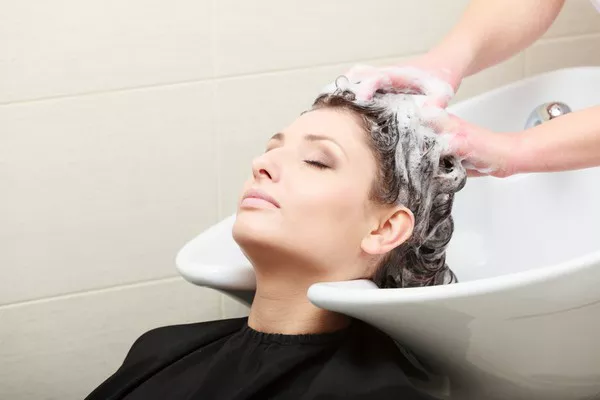Low porosity hair, characterized by a tightly closed cuticle layer that resists moisture absorption, requires a specific approach to maintain optimal hydration. Understanding how often to moisturize low porosity hair is crucial for creating a healthy hair care routine. In this comprehensive guide, we will explore the factors influencing the moisture needs of low porosity hair and provide practical tips for an effective and balanced moisturizing schedule.
Decoding Low Porosity Hair: Characteristics and Challenges
Tightly Closed Cuticles:
Low porosity hair has cuticles that lay flat and resist opening.
This makes it challenging for moisture to penetrate the hair shaft, leading to potential dryness.
Product Buildup:
The closed cuticle structure may result in product buildup on the hair’s surface.
This buildup can hinder the effectiveness of moisturizing products.
Factors Influencing Moisturizing Frequency:
Hair Type and Texture:
Low porosity hair can be found across various hair types and textures.
The specific needs of moisturizing may vary based on factors such as thickness and curl pattern.
Climate and Environment:
Dry climates may necessitate more frequent moisturizing to combat environmental dryness.
In humid climates, low porosity hair may require less frequent moisturizing.
Styling Practices:
The use of heat styling tools or chemical treatments can impact the moisture needs of low porosity hair.
Individuals with more styling practices may need to moisturize more often to counteract potential damage.
Creating an Effective Moisturizing Routine:
Hydration Frequency:
Frequency: Low porosity hair often benefits from less frequent moisturizing compared to other hair types.
General Recommendation: Moisturize 1-2 times a week, adjusting based on personal needs and climate.
Use of Water-Based Products:
Water-Based Moisturizers: Choose products with water as the main ingredient.
Leave-in Conditioners: Water-based leave-in conditioners can be particularly effective in hydrating low porosity hair.
Deep Conditioning Sessions:
Purpose: Deep conditioning helps open the cuticle for better moisture absorption.
Frequency: Include deep conditioning sessions 1-2 times a month.
Heat for Enhanced Absorption:
Warm Water Rinses: Rinse hair with warm water to open the cuticle before applying moisturizing products.
Heat Caps or Steamers: Use heat caps or steamers during deep conditioning sessions to further enhance absorption.
Avoid Heavy Product Buildup:
Product Selection: Opt for lightweight, non-greasy products to prevent buildup.
Clarifying Shampoos: Use clarifying shampoos occasionally to remove any accumulated product residue.
Signs of Proper Hydration:
Soft and Manageable Hair:
Well-moisturized low porosity hair feels soft and is easier to manage.
Moisture allows for better elasticity, reducing the risk of breakage.
Defined Curls:
Properly moisturized low porosity curls tend to be more defined and less frizzy.
Moisture helps maintain the integrity of the curl pattern.
Conclusion: Tailoring Moisturizing Practices for Low Porosity Hair
In conclusion, the key to effectively moisturizing low porosity hair lies in understanding its unique characteristics and tailoring a routine to address its specific needs. Striking the right balance between hydration and avoiding product buildup is essential for maintaining healthy, vibrant low porosity hair. By incorporating water-based products, occasional deep conditioning, and adjusting the frequency based on climate and personal preferences, individuals with low porosity hair can achieve optimal moisture levels and embrace the beauty of their unique hair texture.

